Gluten free bakery food, a game of emulsions and blends

I always worked with cereals which contain gluten and so it wasn’t easy to understand this new world. My experience with gluten flour sometimes didn’t allow me to understand new work ways. When I wrote on my web site that routine, traditions and flexibility are often the first enemies to tarnish the company’s solutions, I didn’t know how difficult it was to deal with. Now all is clear: working without gluten seems easier than working with gluten flour. Why can I tell it? because in the gluten free flour we don’t create the gluten network. The first factor, responsible of quality of bakery food, is a right consistency of the gluten network. In the gluten free bakery food you don’t have to knead to get the gluten networks but you have to simply mix your ingredients to obtain a homogeneous creamy batter.
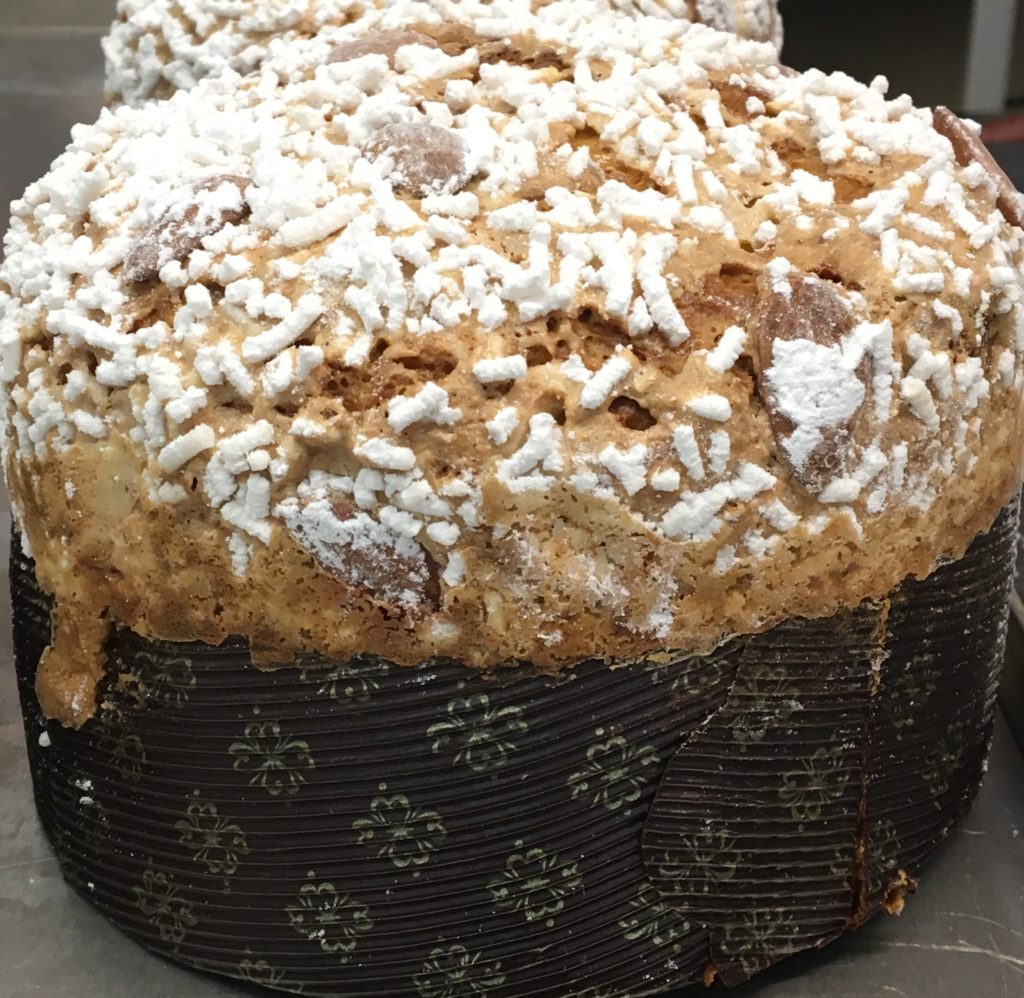
I don’t want to tell that it is a piece of cake because in every product there is a hard work of research and development. Furthermore, we can’t always achieve the same texture, shape and flavour of the bakery food with gluten. Sometimes we have to achieve a compromise to make healthy, safe and sustainable our products.
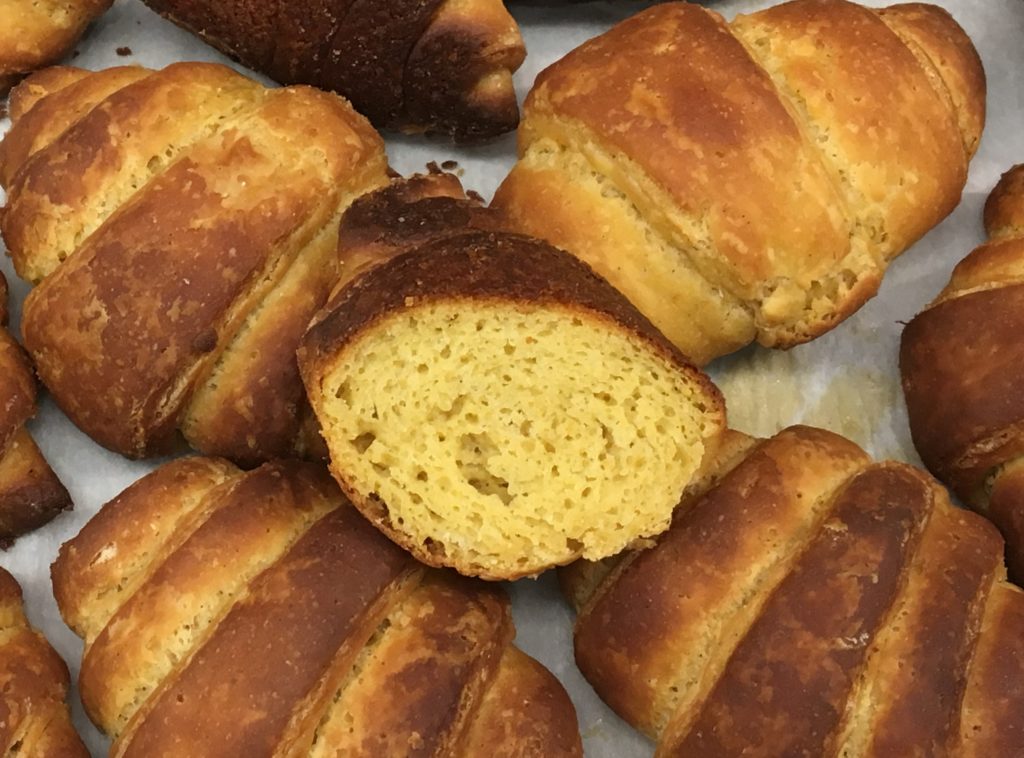
The right ratio of nutritive elements is fundamental to be consumed every day by child and adult. It will be very easy to abound with hydrocolloids to achieve an inviting shape. Otherwise, using gluten-free wheat starch is risky for its contamination. That is why in the gluten free products the choosing and the balancing the ingredients are very important.
Gluten-free cereals and starch
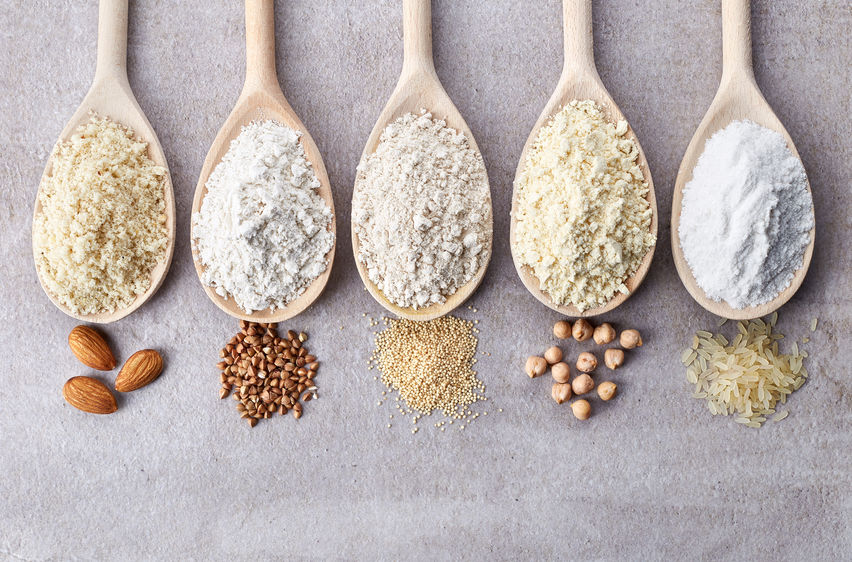
They are very important for the texture of starch, flavor and the cost of our products. So, we should choose functional ingredients for our process. The particle size and fiber content will be important for the absorption of liquids and time of absorption. They are important not only for the quality of texture but also for the yield of production. Another very interesting aspects are the time and the temperature of the gelatinization of the starch. Different times and temperatures could be important for the performance of our products so it will be advice to define and control them in every batch.
Hydrocolloids
Guar, Xanthan, Gellan, Tara gums, Hydroxypropyl methylcellulose, Psyllium fiber are common hydrocolloids used in the gluten free bakery food. Every single hydrocolloid has a specific property and specific gelatinisation temperature and for this we have to choose the right hydrocolloids and define right ratio to achieve the final desired texture of our bakery food. Another important aspect is quality of our hydrocolloids. Hydrocolloids can be obtained by extraction from seeds, plants, algae and animals, secretion from microorganism, or by chemical modifications of fibres. They can be mixed with another substances. That is why it is important to control the performance of every batch.
Emulsifiers
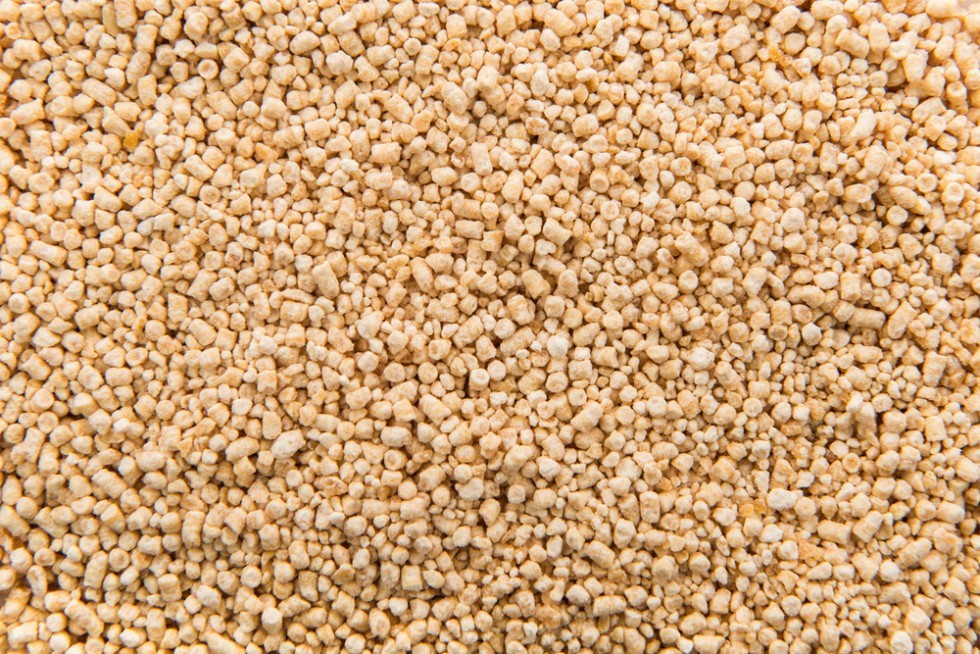
They are very important because together with hydrocolloids, liquids, proteins and fat they form a typical film which holds gas during the leavening. It will be fundamental to understand which emulsifier will guarantee a right homogenization of the hydrophilic and hydrophobic components. It will be important to value and define the right hydrophilic-lipophilic balance (HLB) to achieve the desired texture as well.
Proteins
These products are gluten-free and so without proteins. Proteins are important because they help fat, liquids and emulsifiers to form a typical film which hold gas during the leavening. Pulse flour, milk powder, soya flour and eggs are natural ingredients rich of protein that can be used in many recipes. But if you don’ t want to change flavour or weigh down your product, we should use the protein extract present in the market which can help you to achieve your goal.
Malt
It will not be easy to find malt without gluten- free because many fermentation processes are activated by food matrices which contain barley. I think that they will be very important not only to activate levitation, but to give colour and flavour to our products.
Yeast

The quality of the natural or chemical yeast is fundamental because the processes are very fast and so we have to achieve the maximum production of gas in the time unit. The production of gas has to be steady in time and with different dough temperatures if we want to achieve perfect shapes and big volumes. if we want to make the most out of our ingredients, we should use micro encapsulated yeasts which can produce gas after the temperature of gelatinization of the starch.
Processes and equipment
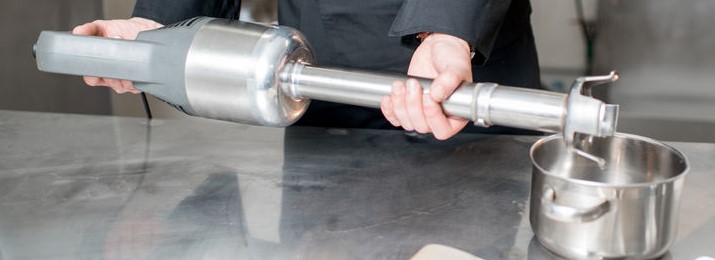
Temperature, mixing, viscosity and baking pans are the keywords to achieve goals in the gluten-free products. Mixing of the powders and homogenization of the batters have to be the primary goals if you want to achieve high performance. Right ingredients and balanced ratios don’t do anything if we can’t ensure good homogenization or mixing. Mixers and blenders are strategic equipment that can make a difference in the quality and cost of the products. The right execution of the processes is fundamental to understand problems and to balance in a precise way the recipes. Non-conformity, the right ratio of ingredients and precise recipes can make the difference both for the quality or for production cost.
In the gluten-free usually, the leavening is very short and so it is important to ensure the same activity and emulsion level for every batch. That is why it is important to control viscosity and temperature.
Thanks to the presence of the hydrocolloids, the water is strongly bonded by gel and so the uniformity of the heat is fundamental for the texture quality of the product. Material and shape of baking pans, oven, double baking, and cooling system are arguments very interesting to develop.



